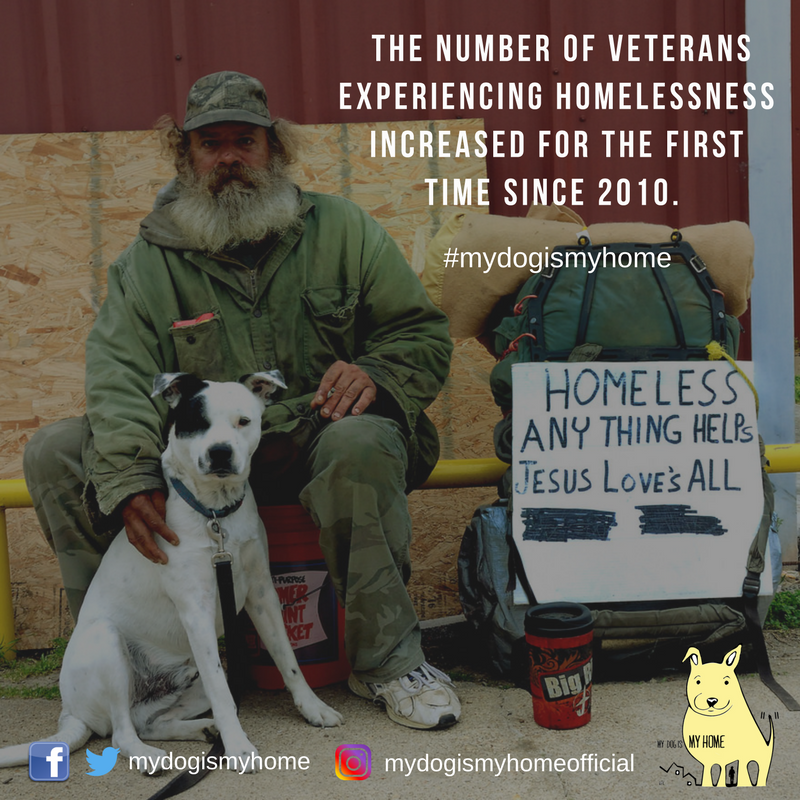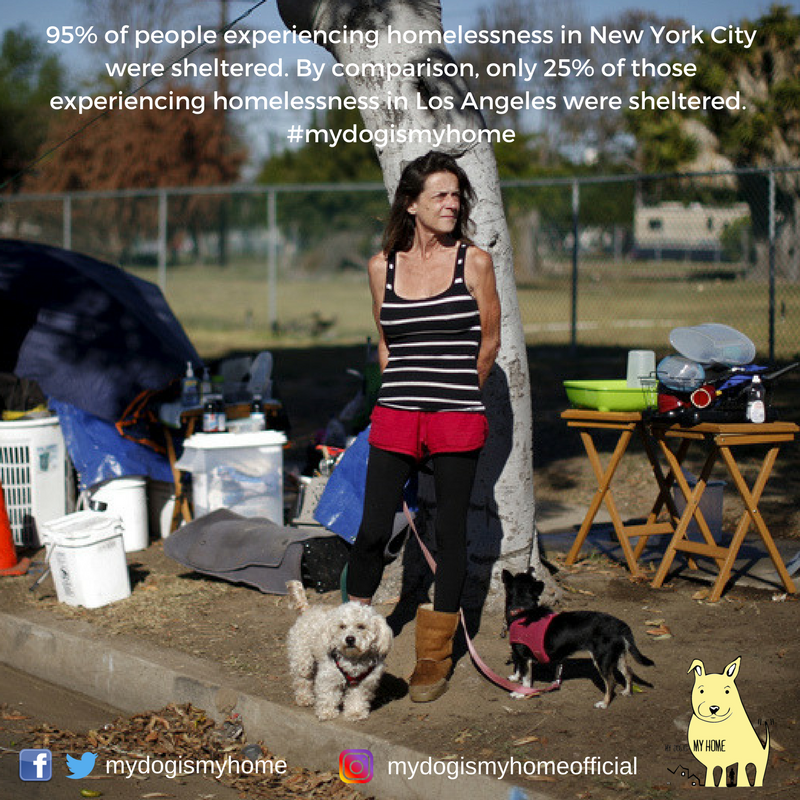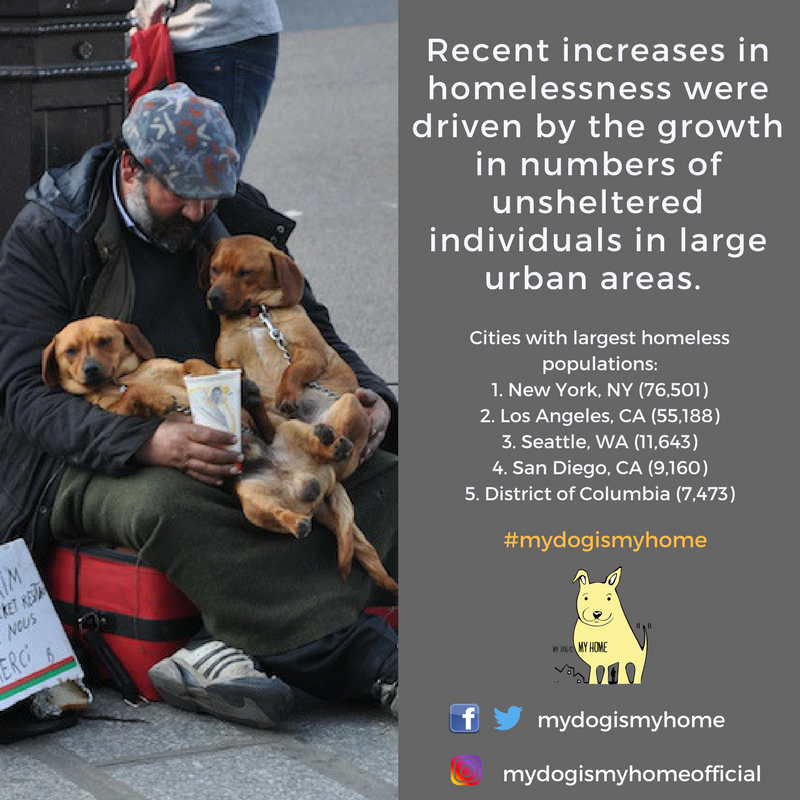News Brief: Rising Rents, Rising Homelessness - 2017 Annual Homeless Assessment Report Finds Increase in Homelessness Concentrated in High-Cost Cities
For the first time in seven years, homelessness has increased in the United States. According to the 2017 Annual Homeless Assessment Report (AHAR) to Congress, the increase was driven mostly by the numbers of unsheltered individuals in the 50 largest cities.
“The commonality in [these places] are rapidly rising rents, with not rapidly rising incomes. This is causing the displacement of a significant number of people,” said Housing and Urban Development (HUD) Secretary Ben Carson during a press call on Wednesday. Matthew Doherty, executive director of the U.S. Interagency Council on Homelessness, agreed. “High cost and low vacancy rates are putting more people at risk of entering homelessness, and they’re making it harder and harder for people to find housing as they strive to exit homelessness.”
The Trump administration's proposed budget for 2018 slashes HUD spending by more than $6 billion, eliminating housing aid for millions, including rental housing vouchers for more than 250,000 households. As Kriston Capps reported, “relative to funding levels necessary for HUD in fiscal year 2017, the cuts amount to a 15 percent reduction—the largest cuts in housing aid since the Reagan administration.”
According to Gary Blasi, a professor of law emeritus at UCLA and an expert in homelessness, there is still hope for people experiencing homelessness. One of the nation's homeless capitols is making an effort to effectively prevent and end this crisis.
"Well, [Los Angeles is] doing a few things right. One is that the voters have done everything they could do. They passed by 75 percent a bond that will raise about $1.2 billion over 10 years to build supportive housing. The county voters have approved a sales tax increase that will add about 350 million a year for various kinds of services...[but] we know exactly what we need to do in order to end homelessness in Los Angeles. It's a question primarily of political will and leadership and a recognition that we have underspent on this part of our society for a very long time and it will take some considerable resources to get back to where we even were 30 years ago."
Click the images below to scroll through a few key findings from the 2017 AHAR:








